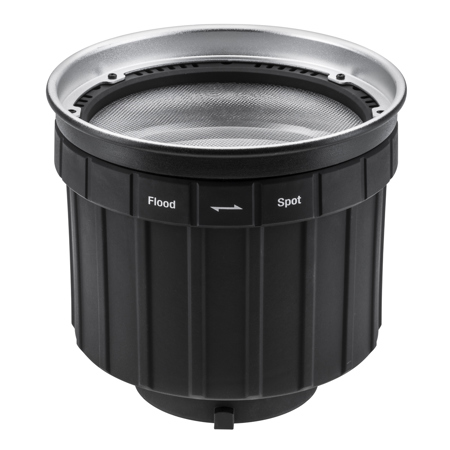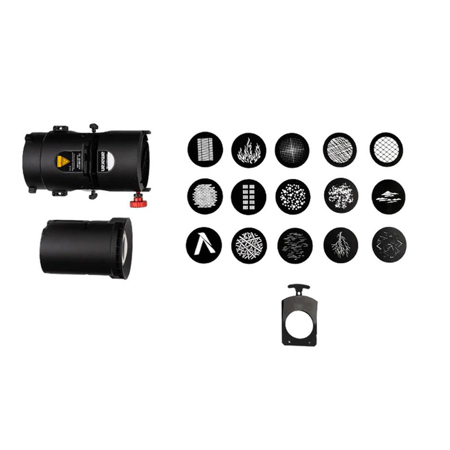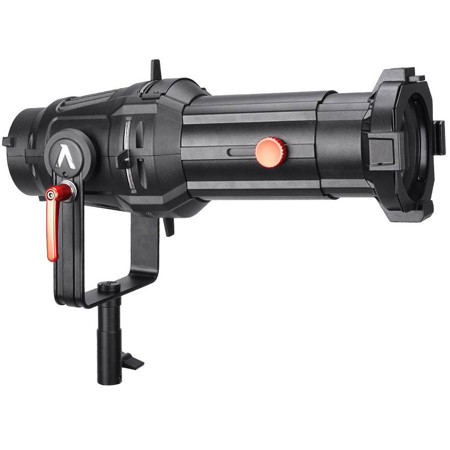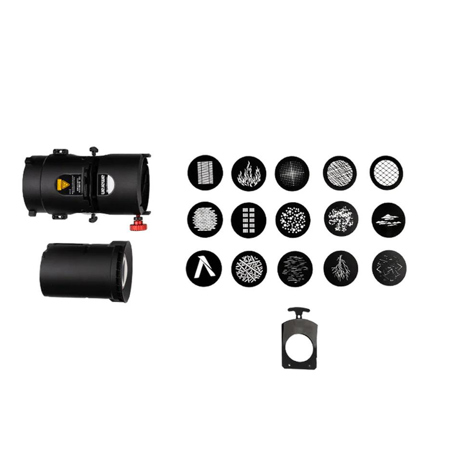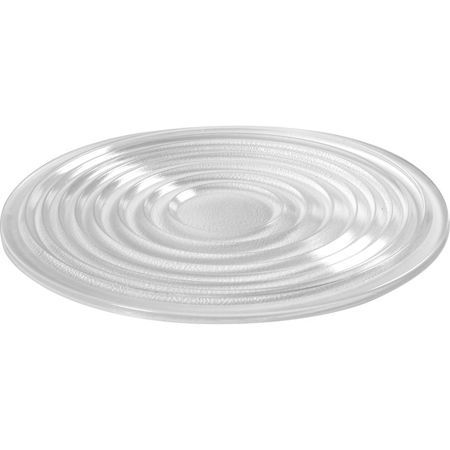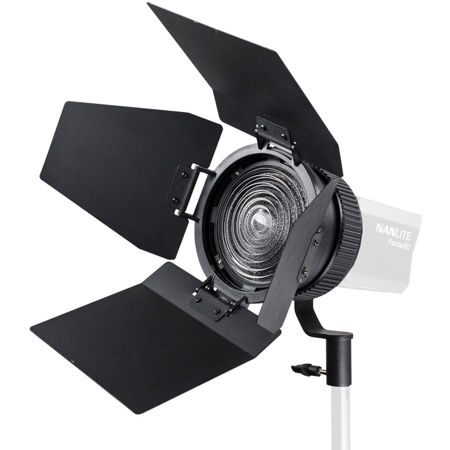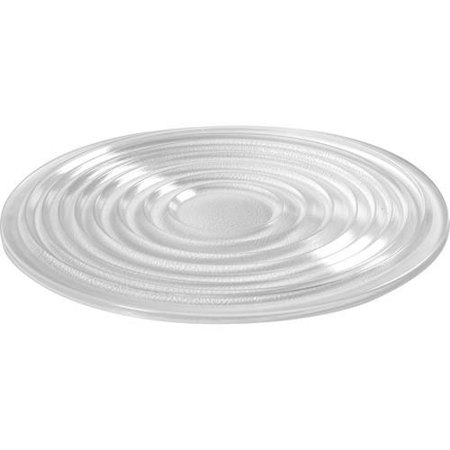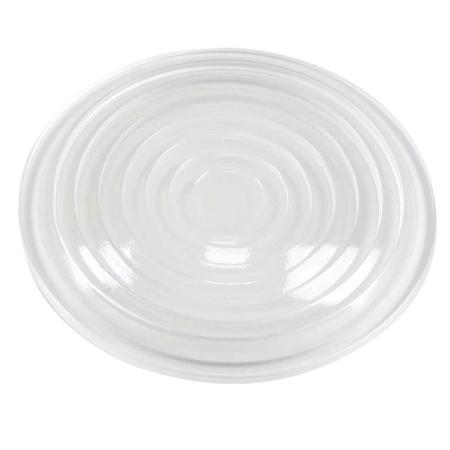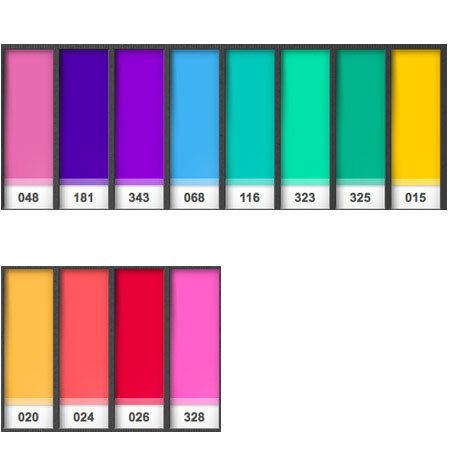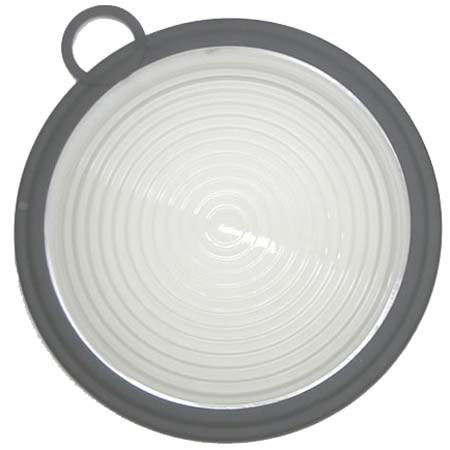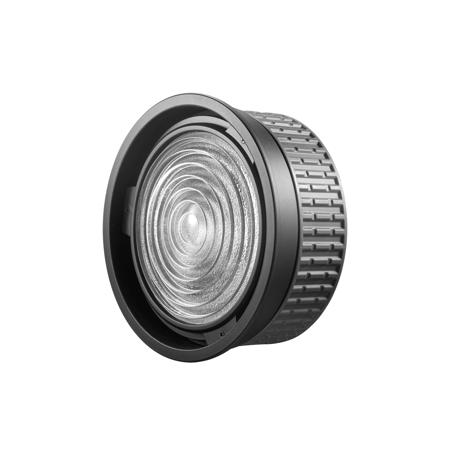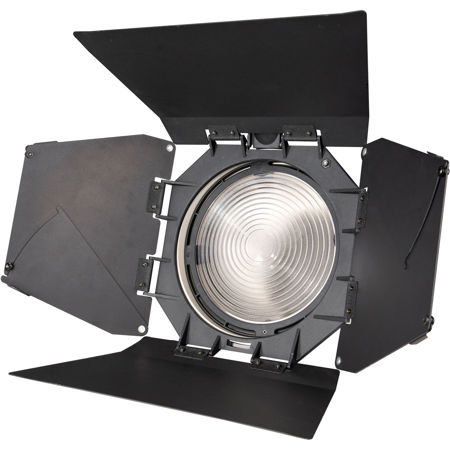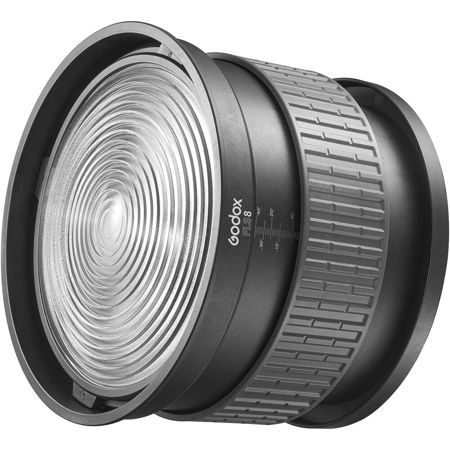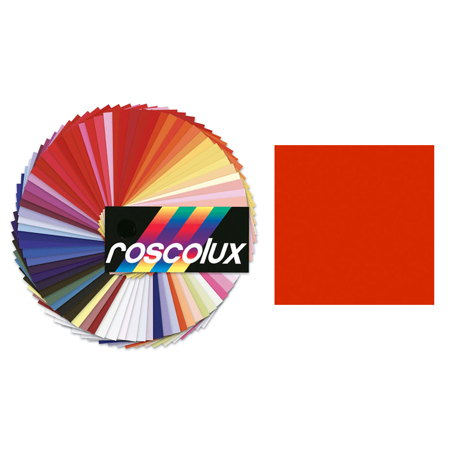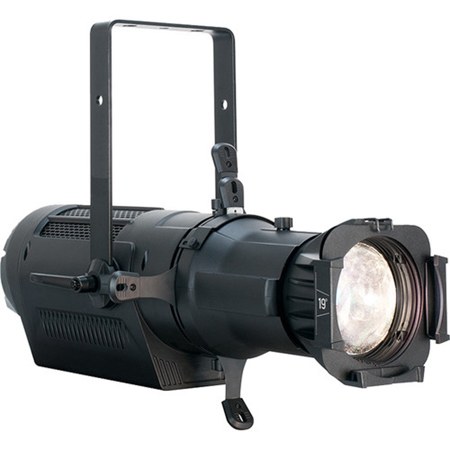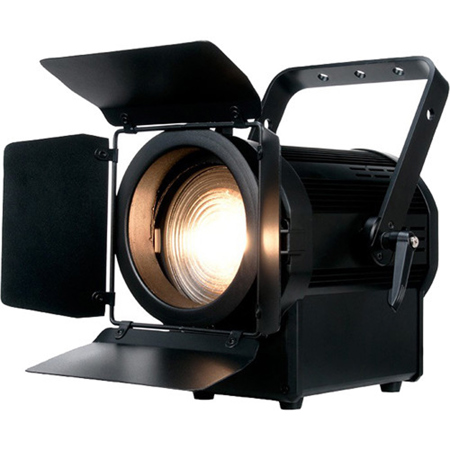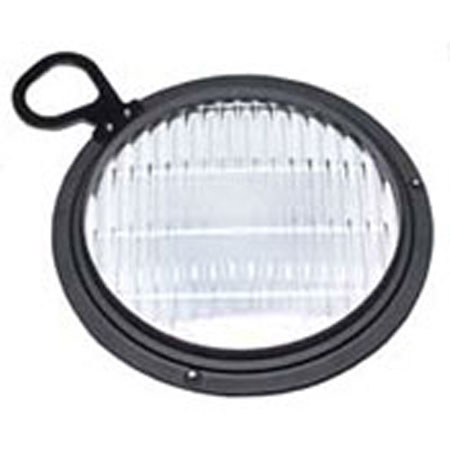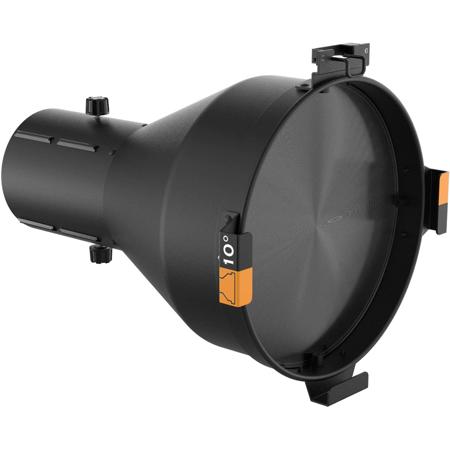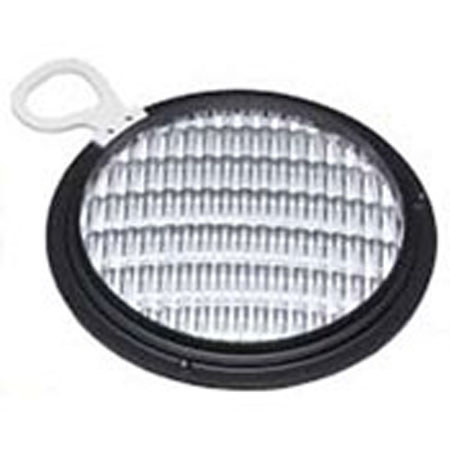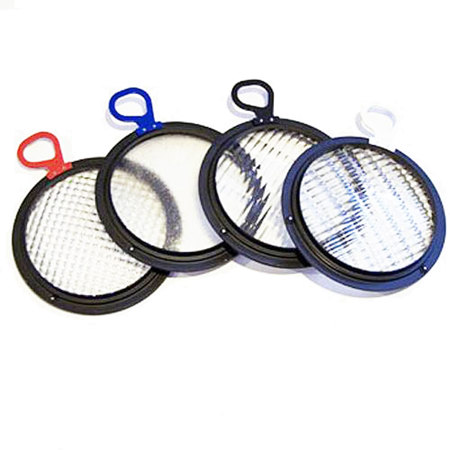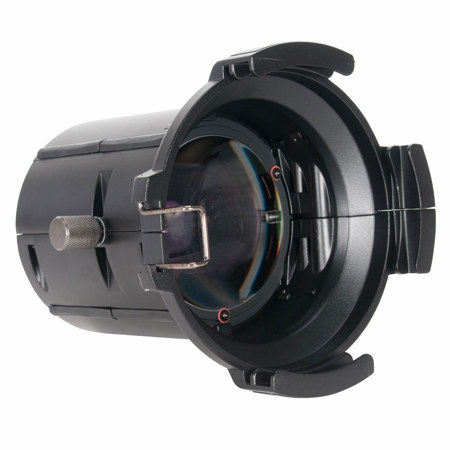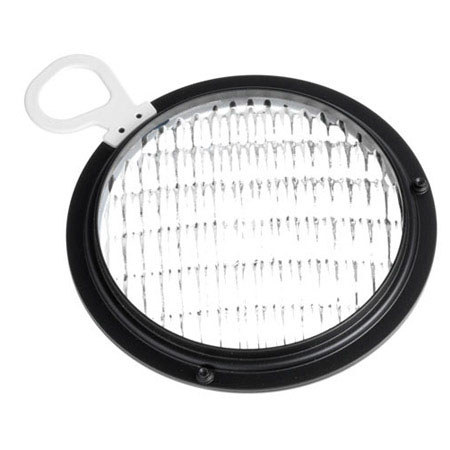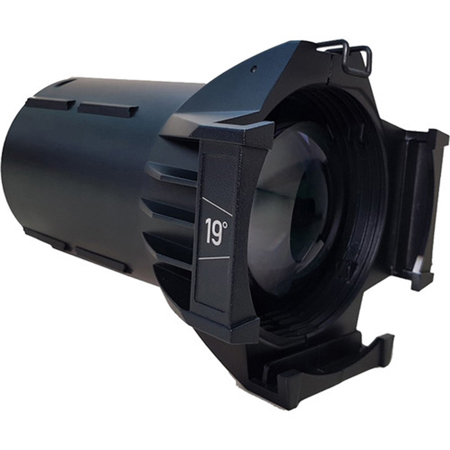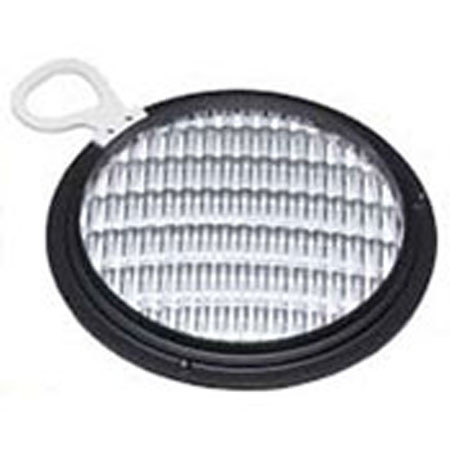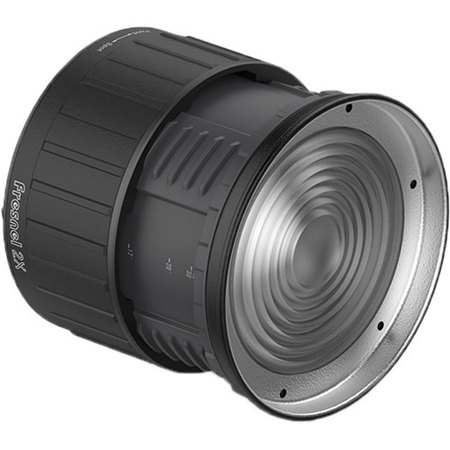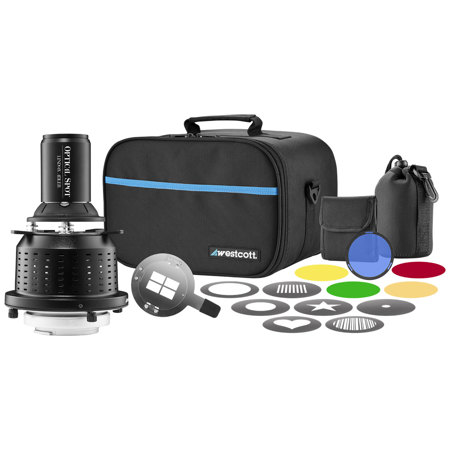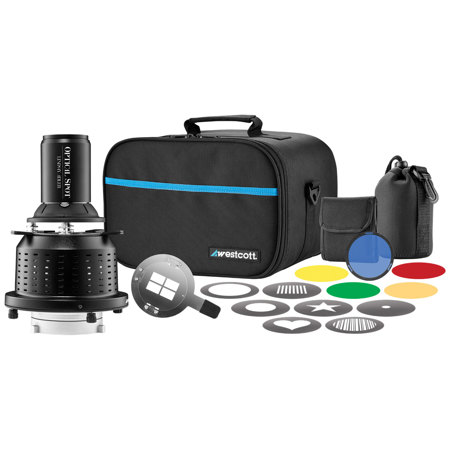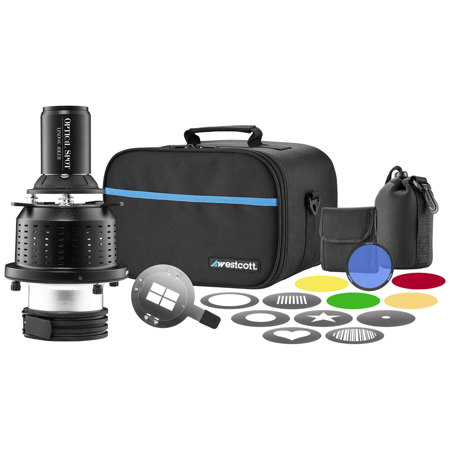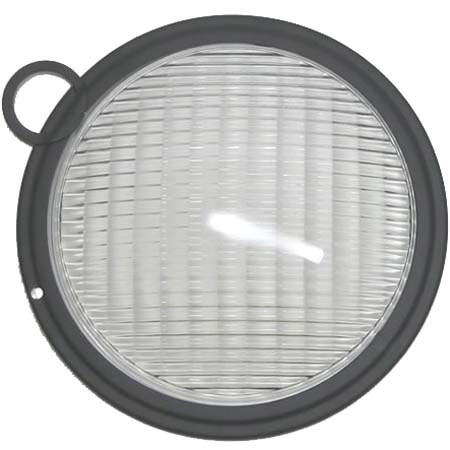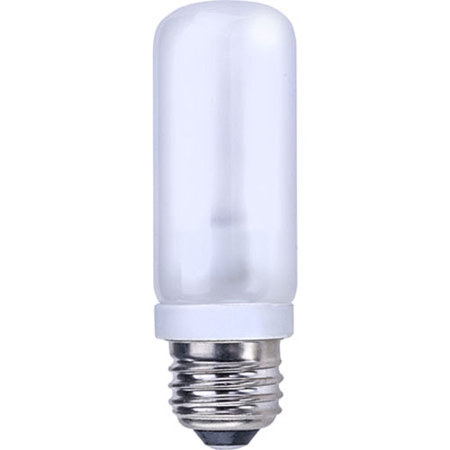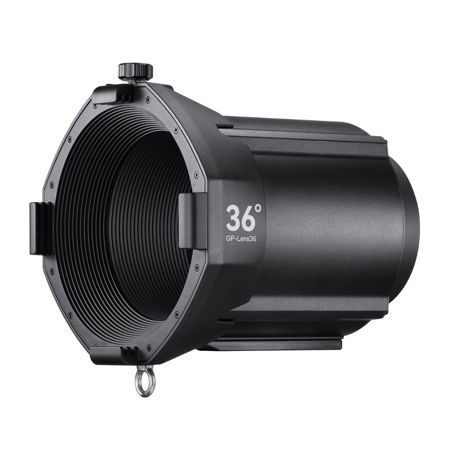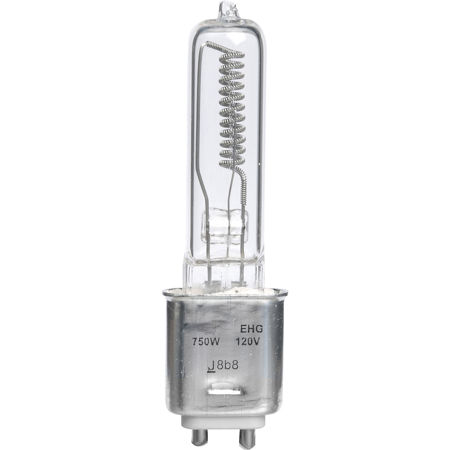Stage Lighting Lenses
Stage lighting lenses, integral components of theatrical and performance arts, play a pivotal role in transforming mundane environments into mesmerizing scenes that capture and enhance the mood and essence of performances. Whether it's a dramatic spotlight needed for a poignant solo or a soft wash of colors to set a serene ambiance, the choice of stage lens can significantly impact the visual narrative of any production. As we navigate through the colder months, the warmth and vibrancy brought about by well-designed stage lighting are especially appreciated, providing an escape into worlds crafted by light and shadow. For lighting designers, event organizers, or even educational institutions involved in drama and music, understanding the nuances of various stage lenses is crucial for creating the desired effect on stage or at any event.
The selection of stage lighting lenses involves several considerations. The beam angle, throw distance, and type of light source are key factors that determine the suitability of a lens for a particular setting. A lens with a narrow beam angle might be perfect for highlighting specific elements on stage, while a wider angle lens can illuminate larger areas with less intensity, ideal for background lighting. Additionally, the compatibility of lenses with different types of lighting fixtures, like LEDs or traditional halogen lamps, must be considered to ensure efficiency and desired lighting outcomes. As we approach the festive seasons, productions and events often seek to amplify their visual appeal, making it an excellent time for technical directors and lighting professionals to reassess their lighting inventory and consider new additions or upgrades.
For those involved in stage productions, concerts, or even corporate events, the right lighting can elevate the experience to new heights. It's not just about visibility; it's about creating an atmosphere that resonates with the audience, making every performance unforgettable. Gifting high-quality stage lighting lenses can be a thoughtful and practical gesture for anyone involved in these creative and technical fields, supporting their passion or career in a meaningful way. Moreover, to truly master the art of stage lighting, one must also consider the role of stage lighting filters. These filters can be used in conjunction with lenses to further refine the lighting effects, control color temperatures, and reduce glare, thereby enhancing the overall quality of the light output. For more detailed insights on how these filters can complement your stage lens setup, visit Stage Lighting Filters. Understanding and utilizing these tools effectively allows for a more dynamic and engaging lighting design, which is essential in crafting memorable and visually stunning performances.
The selection of stage lighting lenses involves several considerations. The beam angle, throw distance, and type of light source are key factors that determine the suitability of a lens for a particular setting. A lens with a narrow beam angle might be perfect for highlighting specific elements on stage, while a wider angle lens can illuminate larger areas with less intensity, ideal for background lighting. Additionally, the compatibility of lenses with different types of lighting fixtures, like LEDs or traditional halogen lamps, must be considered to ensure efficiency and desired lighting outcomes. As we approach the festive seasons, productions and events often seek to amplify their visual appeal, making it an excellent time for technical directors and lighting professionals to reassess their lighting inventory and consider new additions or upgrades.
For those involved in stage productions, concerts, or even corporate events, the right lighting can elevate the experience to new heights. It's not just about visibility; it's about creating an atmosphere that resonates with the audience, making every performance unforgettable. Gifting high-quality stage lighting lenses can be a thoughtful and practical gesture for anyone involved in these creative and technical fields, supporting their passion or career in a meaningful way. Moreover, to truly master the art of stage lighting, one must also consider the role of stage lighting filters. These filters can be used in conjunction with lenses to further refine the lighting effects, control color temperatures, and reduce glare, thereby enhancing the overall quality of the light output. For more detailed insights on how these filters can complement your stage lens setup, visit Stage Lighting Filters. Understanding and utilizing these tools effectively allows for a more dynamic and engaging lighting design, which is essential in crafting memorable and visually stunning performances.
